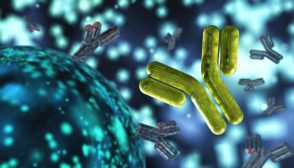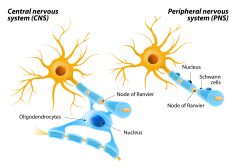Definition
noun, plural: brain corals
A reef-building coral characterized by having a convoluted thecae resembling a human brain
Supplement
Brain corals belong to class Anthozoa. Their name is derived from their resemblance to a human brain. The polyps lie in thecae that are highly convoluted. They are one of the hard corals that build coral reefs. They are in fact, one of the most important coral reef builders. Similar to other stony corals, they deposit calcium carbonate to form their skeleton.
Brain corals may be found in shallow warm areas of the oceans. There are several species of brain corals. One of them is Diploria labyrinthiformis, which is commonly called grooved brain coral. It belongs to the family Mussidae. It is found in the tropical areas of the west Atlantic Ocean, the Gulf of Mexico, the coasts of Central America, the Caribbean Sea, etc. It is spherical in shape and brown, yellow, or gray in color. It is distinct from other brain corals for its deep, interconnected double-valleys. Another is Favia fragrum (commonly called golfball coral). It is a stony coral species resembling a golfball and is found in the Atlantic Ocean. It also belongs to the family Mussidae. Diploastrea heliopora commonly called the honeycomb coral is a coral species of the family Diploastreidae.
Scientific classification:
- Kingdom: Animalia
- Phylum: Cnidaria
- Class: Anthozoa
- Order: Scleractinia
- Family: Mussidae (Ortmann, 1890)
See also:







